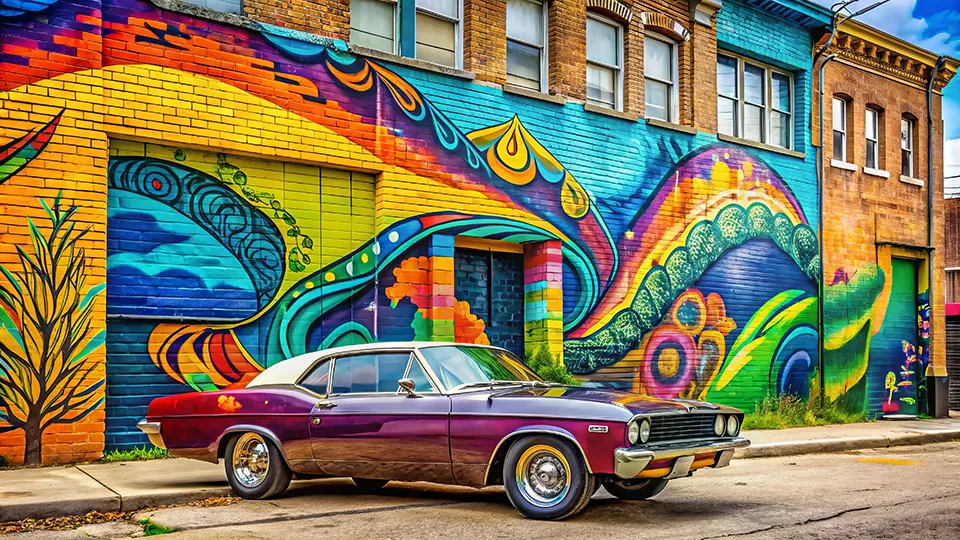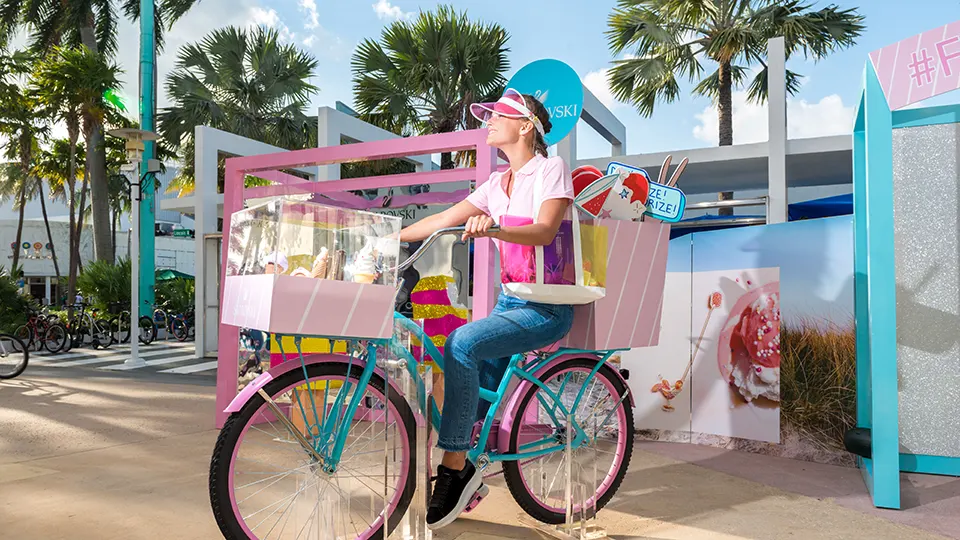Here at VIBE Agency, we go the extra mile for our clients. It’s such a part of our DNA that we call it our 360°+1 approach.
Think of the “360” as the “circle of life” for an event, as it moves from an idea to development to execution. The last and most important element is the emotion that proves going to your event is worth the time and money.
“The idea is that we integrate the sight, sound, taste, touch and smell into the physical and digital environment of your event,” says VIBE Founder Valerie Bihet. “This is the emotional anchor that will transform the event from a scheduled obligation into a must-attend moment.”
These moments can be as simple as taking a dance break during a 90-minute virtual call or handing out glow-in-the-dark bracelets like at a Coldplay concert. They should surprise, delight, and feel genuine.
“When you create emotion, the events stick in your mind,” Valerie says.
Here are four steps to design emotional impact and capture attendees’ attention at your next event.

1. Know Your Audience and Exceed Expectations
Your attendees are more than names and titles on an Excel sheet. Learn what moves them and find an experience that matches that passion.
If a client is a music lover, don’t just seek out a DJ but find the right DJ who will strike an emotional chord.
Making the right call on entertainment like music personalizes the event and creates a sensory experience attendees will remember more than the actual agenda.
“You really want to try to push the boundaries, because this is what people will remember,” Valerie says.

2. Connect the Dots
VIBE recently held an event in Detroit that ran like a well-tuned orchestra. Each moment fed into each other, and the timing remained flawless.
That type of success isn’t by chance. It takes hours of planning that, if done correctly, seems invisible. Flawless execution means everything feels natural.
“I think of it like serving as the chief of an orchestra,” Valerie says. “I need to make sure that catering, decoration, audiovisual, collateral, branding, food, and entertainment all play their part at the right time at the right moment with the right emotion.”

3. Tell a Story
You want to take attendees on a journey. Take inspiration from where they have traveled to for your events.
For instance, Detroit is known as the home of the U.S. auto industry. It also has a historic music and arts scene.
To capitalize on this we had attendees experience the city with off-site experiences at an innovation lab, art gallery, and the Motown Museum. At each stop, there would be an expert in the field not just talking to our group, but teaching them lessons about taking ideas and turning them into art—literally and figuratively.
Make sure you are planning with a purpose so the experiences tie back to your story.

4. Think Differently
You can’t expect your attendees to feel any differently about your event than others they’ve been to if you repeat the same routines.
Don’t be afraid to mix things up.
One idea is to flip a panel discussion around. Instead of the CEO or other company leader field questions, have the executive lead a Q&A with middle managers and staff.
In this scenario, the spotlight turns to hard workers who are typically not recognized at events. It also demonstrates the leader values his or her team’s feedback while also allowing that manager to identify future stars.
The emotional impact is far greater than a standard format for a panel discussion.




